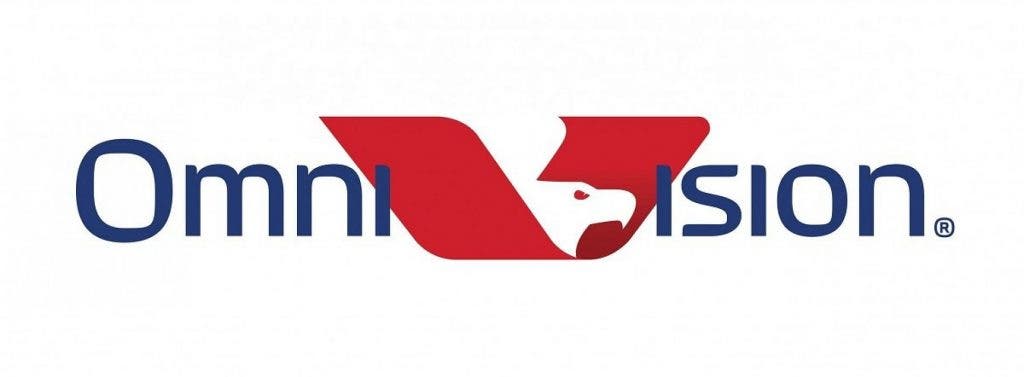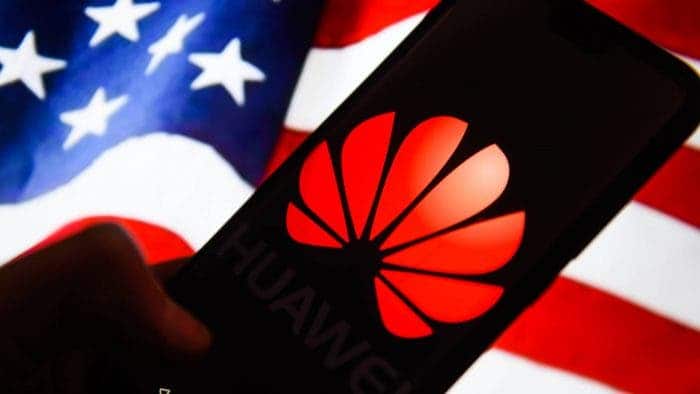According to reports, Sony and Omnivision have obtained permission from the U.S. government to resume part of their supply to Huawei. Sony and Howe Technology are the world’s leading providers of camera imaging sensors. Currently, Huawei is one of Sony’s largest customers of smartphone image sensors. If it cannot continue to supply Huawei, Sony’s profits will be at risk.

Affected by the ban, a number of semiconductor manufacturers such as MediaTek, Samsung Electronics, Samsung Display, LG Display, SK Hynix, Sony, Kioxia, Toshiba, Mitsubishi Electric, and Renesas have stopped supplying to Huawei last month. In addition, the world-leading chipmaker, TSMC, has also stopped making Huawei Kirin chips. This is why Huawei may not have a successor to its latest flagship chip, Kirin 9000.
However, shortly after, several US companies were approved to supply Huawei. The likes of Intel and AMD already have approvals to do business with the Chinese manufacturer. Analysts said that the huge scale of China’s semiconductor market is a huge temptation for suppliers in the U.S. Therefore, shortly after the ban, US chip manufacturers submitted applications to the US government to restore the supply of chips to Huawei.
Samsung can supply OLED panels to Huawei but not the driver chips
Recently, there were reports that Samsung Display has obtained a license from the US Department of Commerce to supply OLED panels to Huawei. According to Nikkei Asia Review, Samsung Electronics has revealed that semiconductor chips for panel drivers have not yet been approved. At present, only the panel part is approved by the US government. This means that while it can supply the display panel, this does not include the chip.
The OLED display comes with organic light-emitting diodes. OLED panels include panel devices and “controller IC” chips. In September of this year, Samsung and LG Display stopped supplying high-end smartphone panels to Huawei Technologies Co., Ltd. This is because the ban includes the chips that are necessary to operate the display.
As of now, it is unclear whether Samsung Display can export OLED displays to the Chinese manufacturer. We do not know if the company can get the panel to work without the chip. If it is possible, other supply chain companies that provide the necessary components for OLED display production may also need to obtain a US license.





